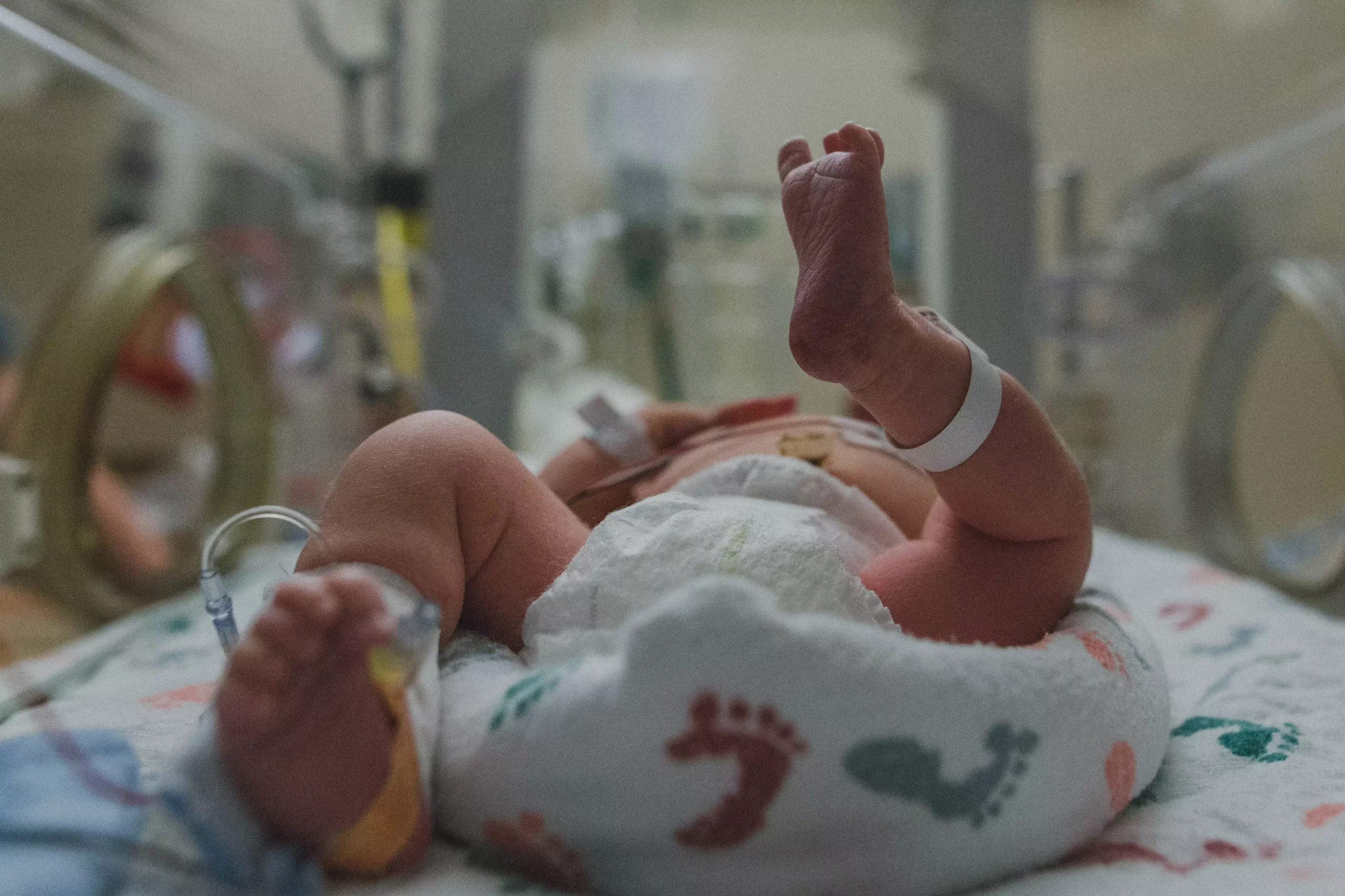Incidence and Outcome of CPAP Failure in Preterm Infants
Dargaville, P. A., Gerber, A., Johansson, S., De Paoli, A. G., Kamlin, C. O., Orsini, F., Davis, P. G., & Australian and New Zealand Neonatal Network (2016). Incidence and Outcome of CPAP Failure in Preterm Infants. Pediatrics, 138(1), e20153985.
Introduction
Continuous positive airway pressure (CPAP) is widely used as an initial respiratory support strategy in preterm infants, with benefits reported over early intubation and surfactant therapy in many cases. However, CPAP failure, defined as the need for intubation within 72 hours, remains a concern due to its association with increased morbidity and mortality. This study analysed the incidence of CPAP failure, its timing, associated outcomes, and resource utilisation in preterm infants across a large binational dataset from Australia and New Zealand.

Study design:
This population-based cohort study used data from the Australian and New Zealand Neonatal Network (ANZNN) collected between 2007 and 2013. The analysis included 19,103 preterm infants born at 25–32 weeks’ gestation who received CPAP as their initial respiratory support for at least 30 minutes. CPAP failure (CPAP-F) was defined as intubation within 72 hours of birth, while successful CPAP (CPAP-S) referred to infants who avoided intubation during this period.
Infants with major congenital anomalies, prolonged membrane rupture, no respiratory support within the first 24 hours, or incomplete data were excluded. Outcomes were compared between infants who experienced CPAP failure, those who succeeded, and infants who were initially intubated. Logistic regression was used to adjust for potential confounders.
Adapted from Dargaville, et al 2016.
Results:
CPAP failure and GA:
Among 19,103 infants born between 25–32 weeks GA, 11,684 received CPAP as their initial respiratory support. CPAP failure occurred in 25% of these infants (n=2,924). The incidence of CPAP failure was higher in infants born 25–28 weeks GA (43%) compared with those at 29–32 weeks (21%).
The risk of failure declined with increasing GA, with the highest rates (close to 50%) observed in infants at 25–27 weeks’ gestation (proportions for infants at each GA are shown in Figure 1).
Characteristics of infants with CPAP failure:
Infants who experienced CPAP failure were more likely to have incomplete exposure to antenatal steroids, lower birth weight, and lower five-minute Apgar scores compared with those who succeeded on CPAP. At 25–28 weeks, they were more often born via caesarean section without labour and were less likely to be singletons. At 29–32 weeks, CPAP failure was also associated with a higher proportion of male infants (Table 2).
CPAP failure is associated with adverse outcomes:
CPAP failure was associated with higher rates of mortality and major morbidities compared with CPAP success, including the following (Figure 2):
- BPD: 34% vs. 18.5% at 25–28 weeks; 10% vs. 3% at 29–32 weeks
- Grade III/IV IVH: 5.1% vs. 1.6% at 25–28 weeks; 0.9% vs. 0.5% at 29–32 weeks
- Pneumothorax: 8.1% vs. 0.36% at 25–28 weeks; 11% vs. 0.37% at 29–32 weeks
- Major morbidity (any BPD, severe IVH, or cystic brain injury): 39% vs. 22% at 25–28 weeks; 12% vs. 4.2% at 29–32 weeks
- Mortality: 6% vs. 2.2% at 25–28 weeks; 1.3% vs. 0.2% at 29–32 weeks
Resource utilisation:
Infants commencing on CPAP had shorter durations of respiratory support and length of stay than those intubated primarily. However, CPAP failure significantly increased both outcomes.
Median duration of respiratory support:
- Infants 25–28 weeks GA was 29 days for the CPAP failure group versus 14 days for the CPAP success group (p<0.001)
- Infants 29–32 weeks GA was 5.5 days for the CPAP failure group versus 1.7 days for the CPAP success group (p<0.001)
These differences persisted even after excluding infants who died, with CPAP failure adding approximately one week to the median hospital stay (data not shown).
Conclusion:
CPAP failure occurred frequently in preterm infants, particularly those born at less than 29 weeks’ gestation, and was associated with increased risks of mortality, major morbidities, and longer hospitalisation. These findings emphasised the importance of strategies to reduce CPAP failure, including optimising antenatal care and exploring less invasive approaches to surfactant therapy.
Never miss an update on new clinical summaries! Sign up to be notified when we publish comprehensive overviews on the latest neonatal topics, ensuring you stay informed with the newest insights.
Abbreviations
ANZNN, Australian and New Zealand Neonatal Network; BPD, bronchopulmonary dysplasia; CPAP, continuous positive airway pressure; CPAP-F, failed CPAP requiring intubation within 72 hours; CPAP-S, successful CPAP without intubation within 72 hours; GA, gestational age; IVH, intraventricular haemorrhage; NEC, necrotising enterocolitis; PTX, pneumothorax; ROP, retinopathy of prematurity.
References
- Dargaville PA, et al. Incidence and Outcome of CPAP Failure in Preterm Infants. Pediatrics. 2016 Jul;138(1):e20153985.
IE-CUR-2500005 | April 2025
Adverse event reporting
For the UK: Adverse events should be reported. Reporting forms and information can be found at https://yellowcard.mhra.gov.uk/ or search for MHRA Yellow Card in the Google Play or Apple App Store. Adverse events should also be reported to Chiesi Limited on 0800 0092329 (UK) or PV.UK@Chiesi.com.
For Ireland: Adverse events should be reported to HPRA Pharmacovigilance – www.hpra.ie. Adverse events should also be reported to Chiesi Limited on 1800 817459 (IE) or PV.UK@Chiesi.com.